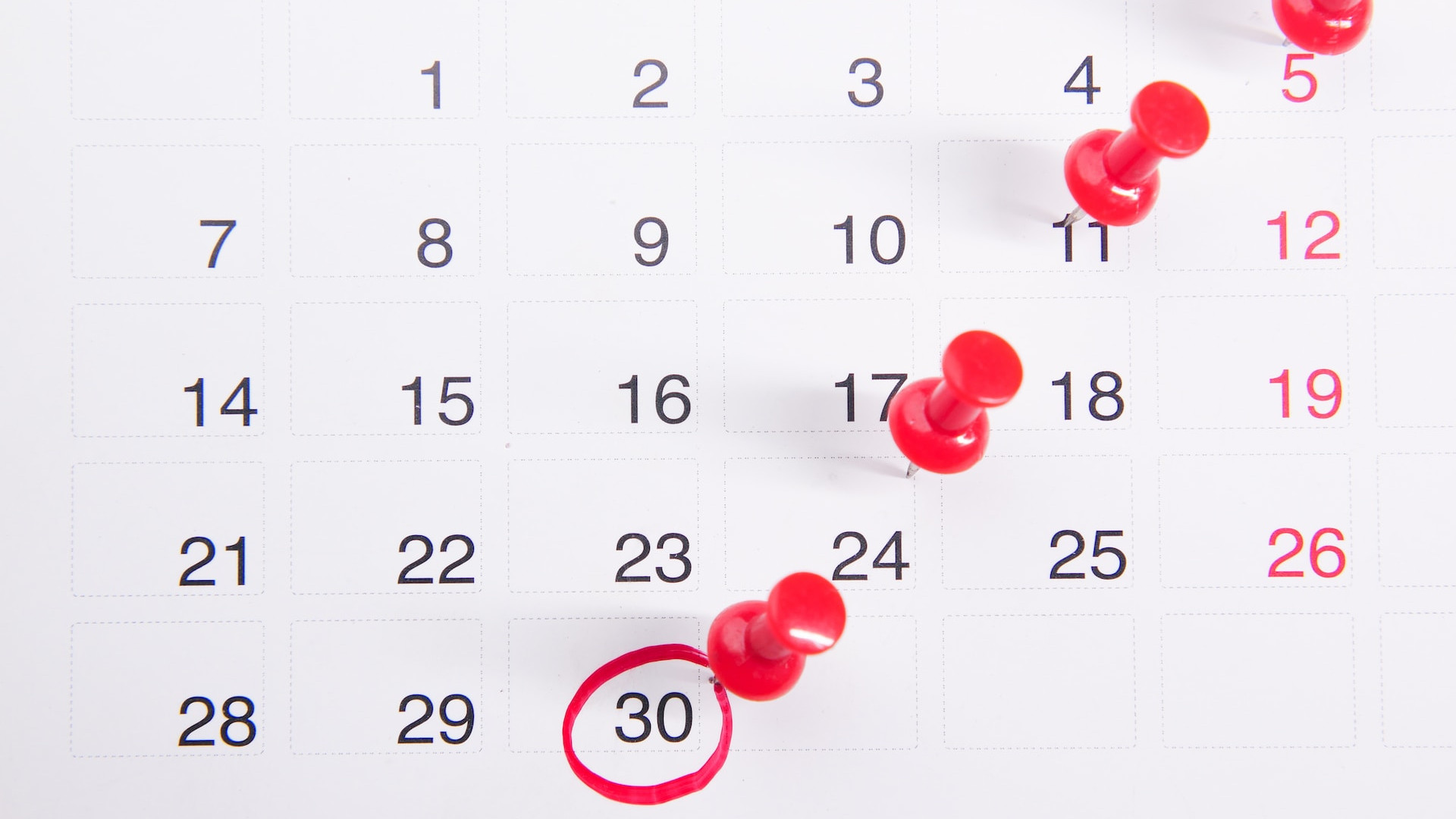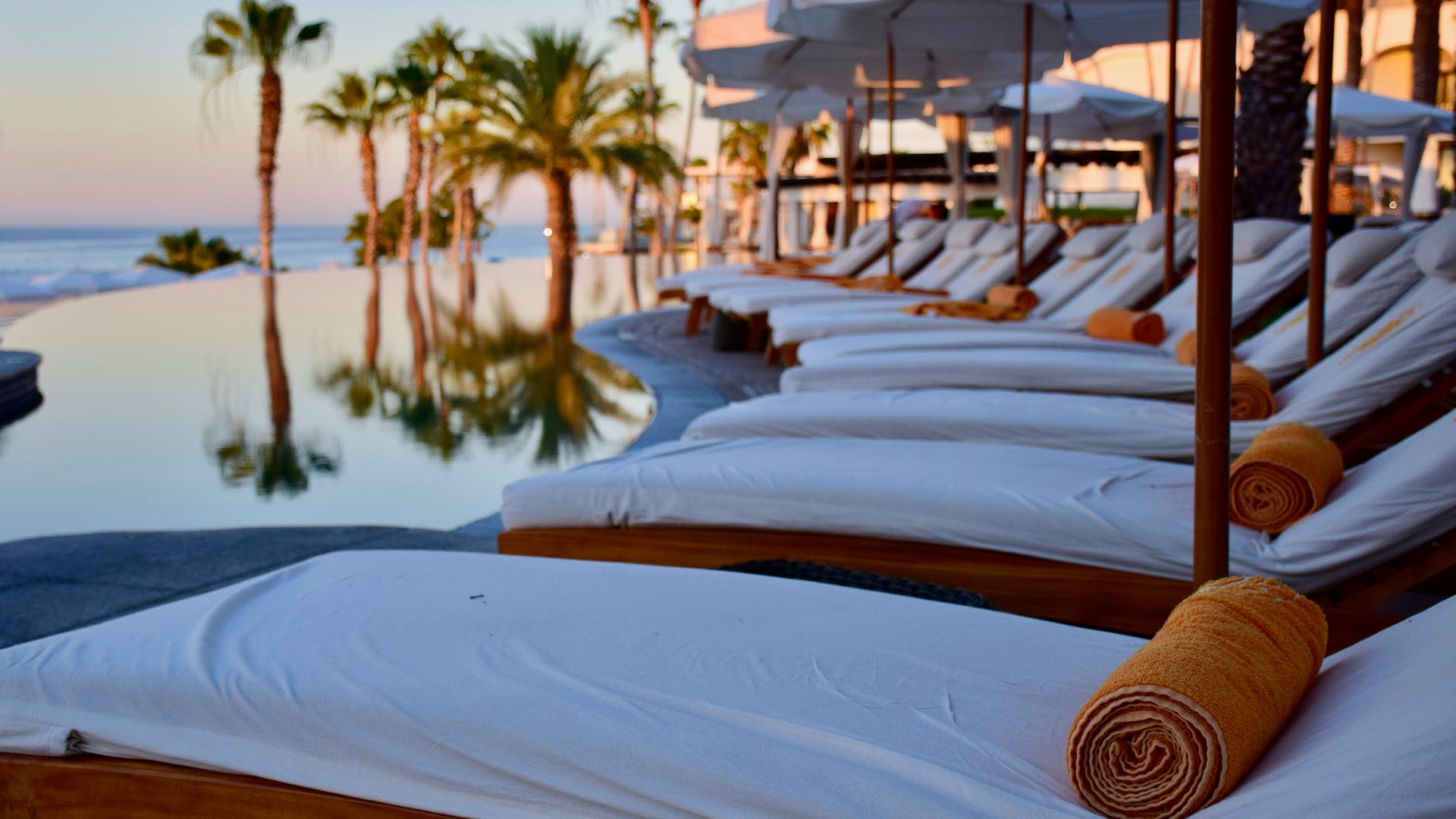
From cost per acquisition to qualifying fences and ensuring rate parity with the comp set, Pamela Whitby hears what is keeping three US-based hoteliers awake at night
What keeps hoteliers awake at night? Well that’s “a kind of old and tired story,” says Mark Molinari, Corporate VP RM, Las Vegas Sands. But, he acknowledges, it is a story that keeps on running because of the power that rests in the hands of the few big players which are consolidating to fill gaps in their strategy.
Recently, however, news emerged that fast-growing metasearch Trivago, in which Expedia owns a controlling stake, could pursue an IPO. In analysis from Sally White yesterday, while Expedia says it is not ‘yet’ spinning off Trivago, as it did with TripAdvisor, investors seem confident that it could stand alone.
So, perhaps the OTA-meta lines aren’t blurring as many have argued and instead, as Momondo, Chief Executive, Hugo Burge puts it:, “This is a vote of confidence in a sector which already has a strong track record after a series of high-profile transactions.”
Dan Wacksman, Senior Vice President, Global Distribution, Outrigger Hotels and Resorts is not so convinced: “In my mind meta cost-per-acquisition is really OTA and should be dealt with accordingly.”
Cost of acquisition, driving direct business and keeping up with technology are the three things that keep Wacksman, and a lot of other hoteliers, awake at night.
But what is clear is that relationships with every channel a hotel chooses to work with – be it meta, OTA, social or whatever – must be carefully defined. Given the growing hype around meta, this is increasingly important and Wacksman argues that you should “only shift share to this channel when the numbers work”.
In other words “don’t be blinded by the argument that metasearch is driving more ‘direct’ bookings. Second time bookers should always come direct to the hotel website”.
Read rest of the article at Eye for Travel




